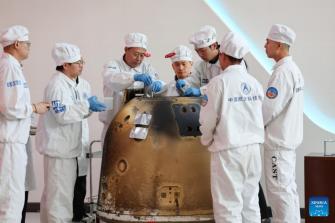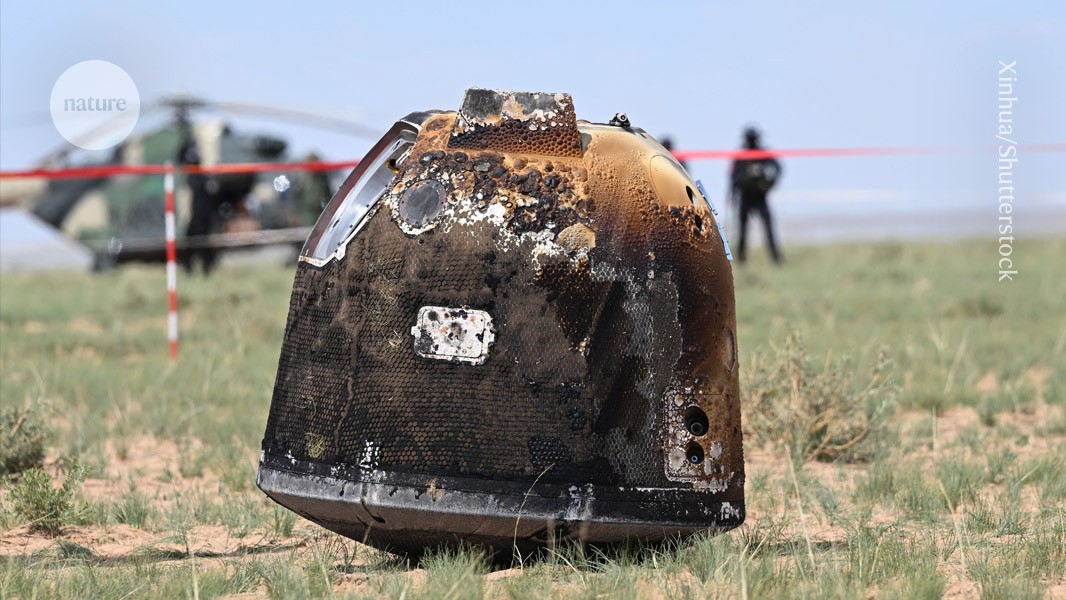
China's Chang'e 6 mission made history on Tuesday, June 2024, as it successfully returned to Earth with the first-ever samples from the far side of the moon. The lunar module touched down in a designated zone in China's northern Inner Mongolia region and was met with applause from scientists and officials at the mission control room.
The Chang'e 6 mission, which began on May 3, marked a significant achievement for China's ambitious space program. The samples retrieved from the far side of the moon are expected to provide valuable insights into its geological makeup and history. Scientists worldwide have expressed excitement about the potential discoveries that could be made through analysis of these unique lunar materials.
The Chang'e 6 mission was launched by China National Space Administration (CNSA) and marked a major milestone in human space exploration. The samples, which weigh up to 2 kilograms, were collected from the Von Karman Crater located on the far side of the moon. This is an area that has not been explored before due to its lack of direct communication with Earth.
The Chang'e 6 mission was preceded by China's Chang'e 5 mission in November 2023, which brought back samples from the near side of the moon. The successful return of samples from both sides of the moon marks a significant step forward for lunar exploration programs and international scientific collaboration.
The Chang'e 6 mission is not only a victory for China but also for humanity as a whole. Scientists believe that studying these samples could provide valuable insights into the moon's geological history, which in turn could help us better understand the solar system and our place in it.
China has been making strides in space exploration over the past few years, with plans to establish a research base at the lunar south pole and explore water ice resources. The US also hopes to establish a base on the moon, highlighting an ongoing competition between these two dominant space powers.
The Chang'e 6 samples will be transported to Beijing for scientific analysis and storage. Scientists from around the world are eagerly anticipating the results of this groundbreaking mission.



